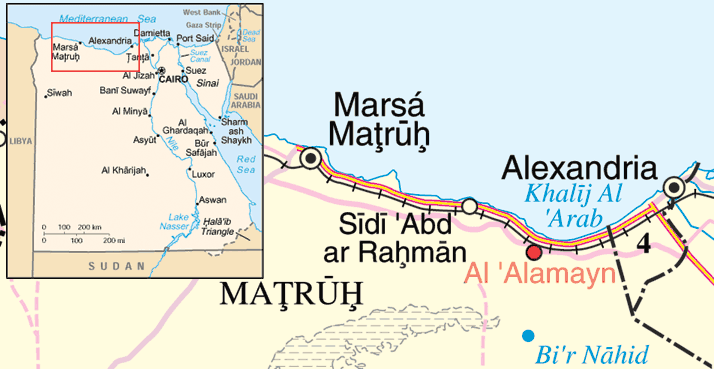The following is a recognition drawing for troops in North Africa showing the usual defensive position for the 88.
A lot of the time this would have required some explosives to blast through the rock sheet under the sand layer
which was usually not far down thanks to ice ages ripping the top off North Africa.
The idea was to have the barrel just above the sand level which due to the tricks of the heat layer made things look
a lot further away than they actually were.
A defensive 88 position would also include a PAK 38 forward and to one side with machine gun position on the other.
All hard to see from the ground and the air with a camo net over the top.

The lack of photos of these positions always puzzled me but then I found out the guns either left positions when things
got hot or were hit by bombs / artillery which blew away the position and crew but not necessarily the gun. That's why
some pics of abandoned positions look a bit odd at times.
A lot of the time this would have required some explosives to blast through the rock sheet under the sand layer
which was usually not far down thanks to ice ages ripping the top off North Africa.
The idea was to have the barrel just above the sand level which due to the tricks of the heat layer made things look
a lot further away than they actually were.
A defensive 88 position would also include a PAK 38 forward and to one side with machine gun position on the other.
All hard to see from the ground and the air with a camo net over the top.
The lack of photos of these positions always puzzled me but then I found out the guns either left positions when things
got hot or were hit by bombs / artillery which blew away the position and crew but not necessarily the gun. That's why
some pics of abandoned positions look a bit odd at times.
Last edited:

